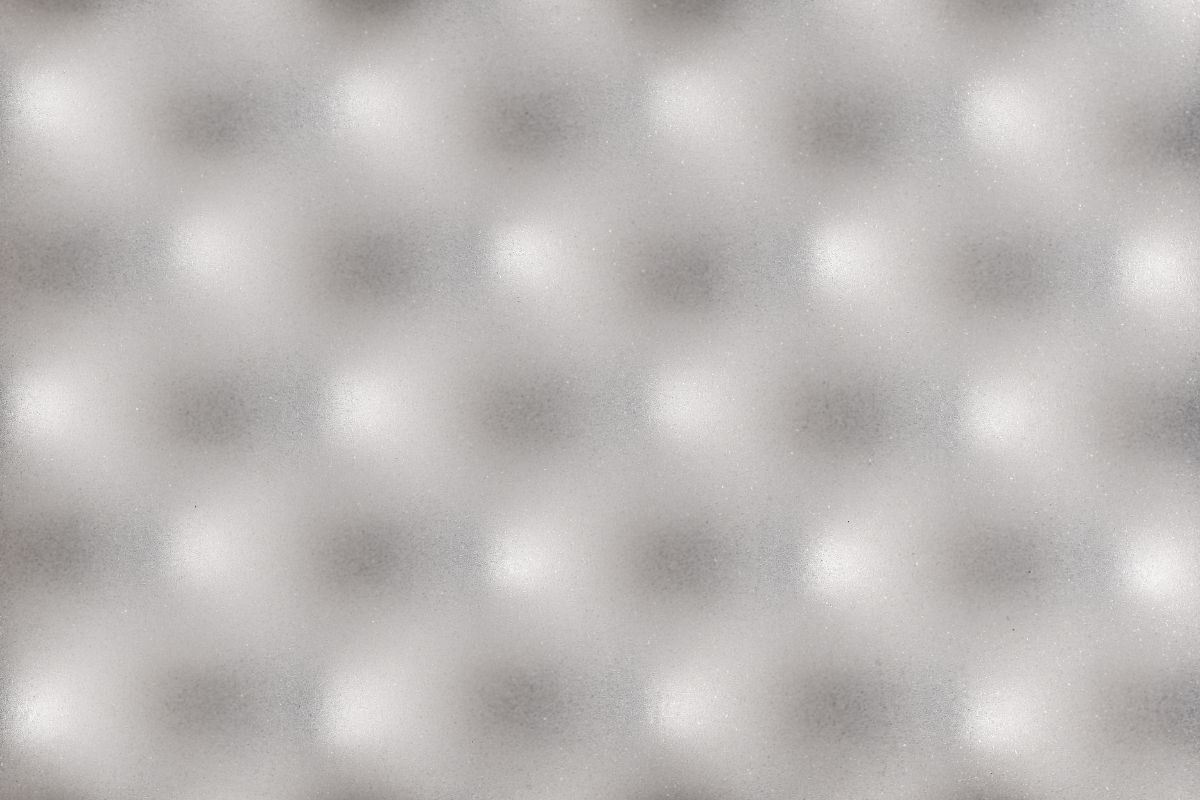Considerations for Installing Expanded Polystyrene onto Walls Prior to Rendering
Expanded polystyrene (EPS) is a versatile material that can be used in many different construction and home improvement projects. It is lightweight, cost-effective, easy to install, and provides superior insulation properties when compared to other materials.
When installing EPS onto walls prior to rendering, it is important to consider the type of EPS being used, the adhesive required for installation, and any additional preparation needed for the wall surface itself. In this article we will discuss these considerations in more detail.

Types of Expanded Polystyrene
The most common types of expanded polystyrene are sheets or panels which are often sold in 4×8 foot sheets with thicknesses ranging from 1/2 inch to 3 inches (12.7 to 76.2 millimeters).
These sheets are usually white and made from EPS beads that have been fused together with a small amount of plastic resin. Additionally, expanded polystyrene blocks or shapes such as spheres, cubes, and pyramids can also be purchased for special applications.
Adhesives for Installing Expanded Polystyrene onto Walls
The type of adhesive used for installing expanded polystyrene onto walls depends on the type of wall material being used and the surface preparation involved prior to installation.
Generally speaking, foamboard adhesive is the best option for most surfaces as it provides superior adhesion between the EPS panel and the wall while still allowing flexibility in case of any movement of either materials due to temperature, humidity, or other factors.
Additionally, conventional construction adhesive can also be used but this should only be done if the wall surface is flat and smooth as it does not provide any flexibility for movement.
Preparing Walls for Expanded Polystyrene Installation
Prior to installing EPS onto walls, it is important to ensure that the wall surface is clean and free of debris such as dust, dirt, oils, etc. This should be done with a damp cloth or sponge and any necessary solvents to remove stubborn spots of residue. It is also important to make sure that the wall is in good condition before applying EPS. Fill any cracks with spackling compound and smooth out any uneven surfaces using sandpaper or a hand sander.
Other Considerations for Installing Expanded Polystyrene onto Walls
When installing EPS onto walls, there are a few other considerations that should be taken into account. For example, it is important to consider the weight of the EPS panel and make sure it will not overload the wall or cause any structural damage over time. Additionally, you should also be aware of any local building codes or regulations that may need to be followed when installing expanded polystyrene.
Lastly, if you will be rendering over your EPS panels after installation, make sure to keep in mind that this can affect the overall performance of the insulation between the EPS and wall material so proper preparation and application techniques should be used during installation.
By taking the time to consider these important factors when installing expanded polystyrene onto walls prior to rendering, you can ensure that your project is completed correctly and with the utmost efficiency.
By following the proper techniques for prepping and adhering EPS materials, you can also guarantee a longer lifespan for your finished product. With proper planning and preparation, installing expanded polystyrene onto walls before rendering is an easy task that yields great results.
Making sure to consider all of these important factors will ensure that your EPS installation onto walls prior to rendering is done correctly and with the utmost efficiency. By taking the necessary steps to prepare, install, and render properly, you can guarantee your project will look great and last for a long time. Many people take the time to do it right the first time so make sure you follow these tips in order to get the best results possible!
Summary
Installing expanded polystyrene onto walls prior to rendering is an involved process that requires proper planning and preparation in order to achieve the best outcome. It is important to be aware of types of expanded polystyrene being used as well as what type of adhesive should be used, the weight of the EPS panel, and any local building codes or regulations.
Additionally, it is essential to ensure that the wall surface is clean and in good condition before applying EPS. By taking into account these considerations and following proper installation techniques, you can guarantee great results for your project!
Related Articles
